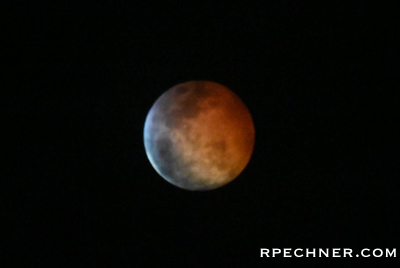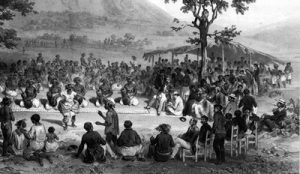
Living on rural Maui, where there is little artificial light, I spend a lot of time gazing in awe at the abundant night sky. Being able to see so many stars has piqued my curiosity about the celestial bodies and I realize that I’ve held some erroneous assumptions for a long time. For example, I used to think that a full moon was an all-night event that happens about once a month. In other words, that there is one entire night when the moon is completely full. Similarly, when I first started yoga, I thought that the perfect yoga asana (pose) consisted of holding a single, static position for a long period of time.
It turns out that I was wrong on both accounts. Our view of the moon is never stagnant; the perspective from which we see it is constantly changing. We don’t look up one night to an unmoving crescent shape and another to a stationary half-shaped moon. While there is a precise instance when we see the moon as full, that moment is fleeting. It occurs only briefly; when waxing has ceased, before waning begins. Nonetheless, our common language for this precise moment denotes that a full moon, as well as other phases of the moon, remain fixed for an entire night.
Recognizing my ill-conceived conception of how we see the moon has led me to examine the origins of my previous assumption about striving for the still and perfect asana.
While asana practice is a living tradition, static images of asana have been passed down through the centuries. The first known images of yogis practicing asana are stone carvings in temples and caves; a static view. Still photography was the means by which asana first became popularized in the West. Today, while motion-based images are easily available, there is still an overwhelming assortment of asana codified in static picture-based books and online photos.
When I first started studying yoga I was introduced to Light On Yoga by BKS Iyengar. This book is considered by many to be the “Bible of Yoga.” Sometimes during class an instructor would pull out a raggedy copy of the book and have us all gather around. While we tried to position ourselves to get a good view of the black and white photo, the instructor would describe in excruciating detail the anatomical movements that were necessary on the way to achieving the pose. As eager students, we absorbed the message that we were to strive for a still and perfect asana.
However, I no longer consider achieving that moment of physical stillness to be the essential element of the practice. While there is one glorious moment when we see the moon as full, there is great beauty in the waxing and waning as well.
The ancient Sanskrit word ‘yoga’ is often translated as ‘union.’ Some understand this to be a union of body and mind, some understand this to be a union with the divine, and others may consider the above two as one and the same. While this union can be experienced in stillness, it is not a prerequisite.
For me, this experience of union often happens while I’m in motion. In asana it occurs most often when I’m already in the general shape of the pose and am exploring more subtle movements, such as gently reaching through my pinky finger, directing my breath into a specific region of my ribcage or rooting down with the base of my toes to cultivate the sensation of lifting up toward the sky. These are but a few examples; the actual choice of movements is infinite.
While I absorbed from my early studies of yoga that the goal of asana was to get everything aligned just right, to find the perfect balance and to stay there, I’ve come to realize that, like the precise instance of the full moon, these moments are fleeting. Every once in a while when I practice asana, I feel a moment of total stillness in my body, like that moment between the waxing and waning of the full moon. It feels good but it is only one element of the practice. Union can be felt in stillness and in movement. For me, the real practice of yoga is to cultivate a sense of union while living with continuous change.


